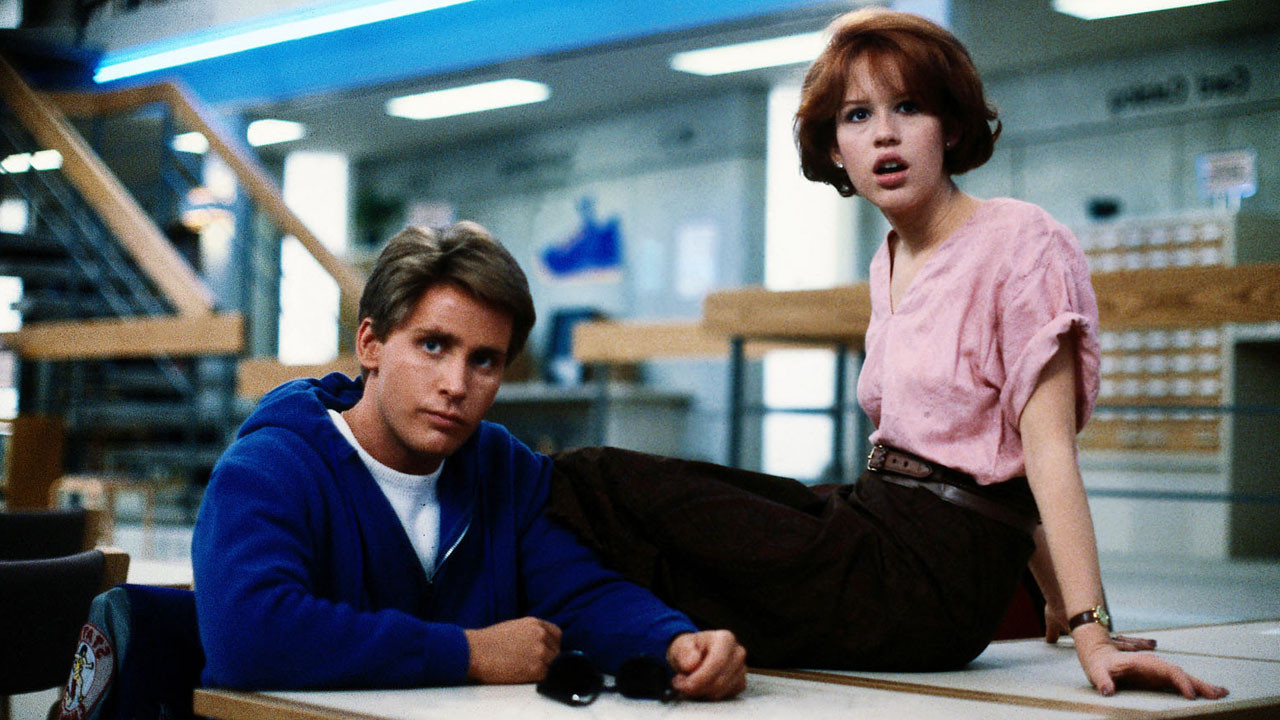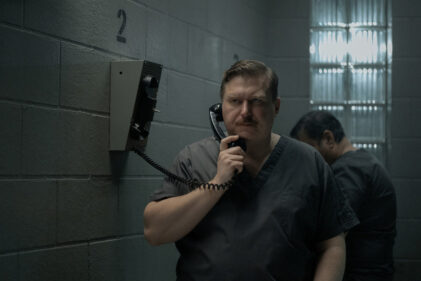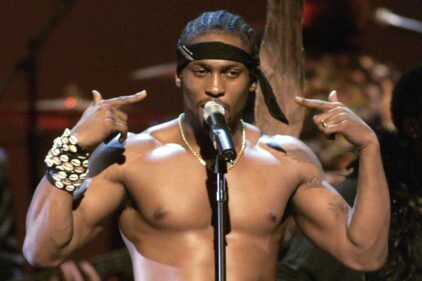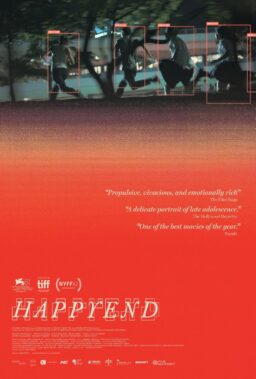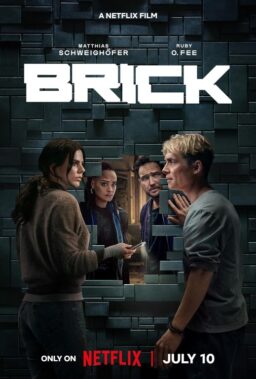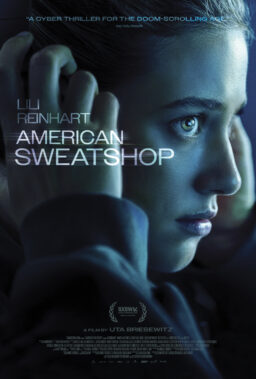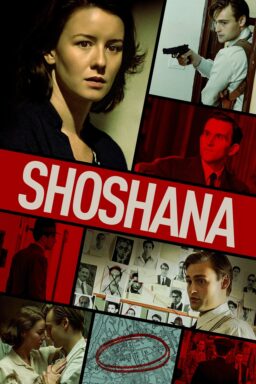Editor’s Note: The following is a piece by Amanda Ann Klein, an associate professor of film studies at East Carolina University and the author of “American Film Cycles: Reframing Genres, Screening Social Problems, & Defining Subcultures (University of Texas Press, 2011).” It combines a critical appreciation of John Hughes‘ 1985 drama “The Breakfast Club” with conversations she had with her students about the film. We are pleased to publish it here.–Matt Zoller Seitz

“The Breakfast Club”, John Hughes’ seminal classic of
teenage navel-gazing, ends on a freeze frame, just after Bender (Judd Nelson)
places Claire’s (Molly Ringwald) diamond earring, a synecdoche for her life of
privilege, into his earlobe and triumphantly pumps his fingerless-gloved fist
in the air, as Simple Minds’ anthem of New Wave angst blares, imploring “Don’t
you, forget me about me…don’t, don’t, don’t, don’t.” Back in 1985, those
repeated words were like a plea for remembrance, and indeed, the film imprinted
on my young consciousness. Like Proust’s madeleines, “Don’t You Forget About
Me” will forever conjure up the image of high school-ness, despite the fact
that Shermer High was nothing like the high school I attended.
Thirty years ago this freeze frame gave
me goosebumps on my prepubescent arms. I was, like all children that age,
desperate to understand what teenagers were like. My older brother, himself a
teenager, was inscrutable—all locked bedroom doors and hunched shoulders. But “The
Breakfast Club”’s teenagers were clear as day—their identities communicated
through everything from the cars (or lack of cars) that drop each of them off
at the door of Shermer High School to the lunches they eat (Sushi? Really,
Claire?) to their reasons for getting a detention (Allison [Ally Sheedy] quips
“I had nothing better to do”). I examined the starkly displayed identities—the
brain, the athlete, the basket case, the princess and the criminal—and I
wondered where I fit.
Thirty years ago, there was no DVR, no
Netflix, no pirated movies to watch online. The TV was the soundtrack to our
boredom, as we waited patiently for something to happen. In the 1980s, me and
my friends were latchkey children and TV was ambient. When friends came over,
we’d watch whatever movie was on at the moment, changing the channel to MTV
during the commercials, hoping for a Madonna video, then back to whatever it
was we’d been watching. When Breakfast
Club was on, we always knew all the lines.
Thirty years ago, Principal Vernon
(Paul Gleason) asked his five teenage charges “who do you think you are?” as a
detention punishment. In the essay that bookends the diegesis, Brian, the Brain
(Anthony Michael Hall), balks at the question: “We think you’re crazy to make
us write an essay telling you who we think we are.” The answer, though, is
stunningly simple: “You are white.” I could only see this in hindsight though,
through the lens of a PhD in critical media studies and lots and lots of
time. And what I saw, only many years after first falling in love with
this film, was that this love was inextricably tied to my suburban upbringing,
to the fact that, when I watched the film as a child, its myopic whiteness was
invisible to me in that way that whiteness usually is to white people.
So when I decided to teach the film in
my “Teenpics and American Youth Culture” course, thirty years later, I was sure
my students—part of the largest, most racially and ethnically diverse
generation in U.S. history– would find its homogeneity a bit off-putting. You
see, Millennials are constantly told they are post-racial, post-gender, and
post-sexuality but, after working with this generation for years in the
classroom, I know most of them are too smart to believe the fairytale the media
tells them about themselves. In fact, today’s youth are far more adept than
Generation X or the Boomers or anyone else who came before us, in recognizing
both the presence and the absence of diversity. One side effect of being told
over and over again that your generation doesn’t see race is that, well, all
you see is race and identity.
It’s a hard thing, teaching students of
another generation about a movie you loved as a child. Indeed, whenever I teach
a film that I loved passionately in my youth—”E.T.”, “Star Wars,” and “Fast
Times at Ridgemont High”—I try to divorce my affective attachment to it
from my pedagogy. It’s not that I don’t let students know when I truly love a
film—I gush about “Breathless” and “Double Indemnity” and “Killer of Sheep.” It’s just that I don’t
trust the tastes I cultivated during my youth, back when my raw, hormonal heart
dictated the music I listened to and the movies I watched. My undeveloped
cinematic palate is somehow less authentic, at least to the teacher in me, than
the tastes I formed post-college, when I began to study the cinema as a
critical object. So I overcompensate for the love object. I try to point out
its flaws ahead of time, to prepare myself for disappointment. I am sure they
will find “The Breakfast Club” racist, close-minded, and unsatisfying. They
will surely shit on my youth.
I have taught “The Breakfast Club”
twice now to Millennials, students even too young to have watched the movie on
TBS on a lazy Saturday afternoon, and what surprises me is that they love it.
They love it the way I loved it when I was a teenager. They are rife with
affect for this text. As one African-American female student said “I’ve seen
the movie a million times. I love it. The first time I watched I understood it
just as I do today… I think it was because I grew up in the suburbs and I just,
like, get what they’re saying. I know they have a good life, but there are
things that they’re missing.”
I should point out here that the
students in my upper-level seminars are well-versed in media criticism and even
critical race and gender theory. They do not blindly accept ideological
messages. For example, a white male student explained in a blog post “because
every character in “The Breakfast Club” is white, Hughes is able to create a
portrayal of suburban Chicago free from all racial prejudice and
discrimination, one of the main reasons for economic disparity in America both
in the 1980s and today. Without this racial element, Hughes can quite safely
get away with bridging the gap between the upper and lower classes in the film
(portrayed by Claire and Bender, respectively) within 2 hours by presenting
their class differences as completely superficial and easily overcome.”

Yes, my students were primed to talk
about race (or its absence). The previous week we had watched “Krush Groove,” a film populated with
young characters of many races and ethnicities, a stark contrast with “The
Breakfast Club”. I wanted them to
notice the absence of color in John Hughes’ films. I read them John Hughes’ own
explanation for his films’ whiteness: “I think it’s wise for people to concern
themselves with the things they know about. … I’d really like to do something
on gangs, but to do that, I’ve got to spend some time with gang members. I’d
feel extremely self-conscious writing about something I don’t know.”

Truth be told, I see Hughes’ statement as a cop out. He doesn’t need to write
about gangs. He’s writing about high school students and high school students
aren’t merely white. But my students today seem to take Hughes at his word.
They even used this quote to defend his work to me. They were surprisingly
accepting of the film’s blindness to its own exclusion, far more than I was, despite
my deep-rooted childhood attachments to the film. One student, an African-American woman, who watched the film for the first time in my class, told us
during a class discussion, “I know what a life of a ‘privilege’ kid feels like.
But I was also a weirdo…and I played sports…I was an honor roll student…and I
couldn’t really identify with the criminal but…I could really identify with
almost every character.”
Thirty years ago I loved “The Breakfast
Club” because I was oblivious to its whiteness; my students today love “The
Breakfast Club” in spite of its whiteness. They notice its sexism, its casual
homophobia, and its exclusion of all non-whiteness in the same way that any
good film student notices a jump cut or high-key lighting, or a long take. It
is an aspect of the text, something to be analyzed. This is their oppositional
reading strategy.
Thirty years later I’m still waiting to
look like Molly Ringwald, she of the perfectly cuffed sleeves and lightly
teased hair. Thirty years later, when I see myself, I see a 38-year-old woman,
sitting in a classroom with a group of college students who really love talking
about movies. They are 20 years my junior, a gap I so often find
insurmountable—like when they shift uncomfortably in their seats as they watch
me attempt to download a software upgrade to the classroom computer, or when I
wow them with tales of the days when television “went off the air” at
midnight—but sometimes I don’t. Sometimes, we all get to love a text together
in an unexpected moment of post-generationality, a moment in which we are all
high school students, sitting in a circle, talking about what got us into
detention.
From AAK: Thank you to the amazing
students in my “Teenpics and American Youth Culture” course (fall 2012, spring
2015) at East Carolina University who helped me think through these ideas. And
a special thanks to Nichole Currie, Chris Allman, and Sedonia Scott, whose
classroom contributions are quoted above.
